
CULTURE & HERITAGE
The importance of oud in Saudi culture
The sweet, woody scent of burning agarwood resin - more commonly known as oud - is synonymous with Saudi culture. Originally a sacred offering, this much-desired ingredient can be more expensive than gold...
The history of oud in Saudi dates back to a time before the modern state even existed. Almost 1,500 years ago, the Prophet Muhammad referred to this fragrant wood as paradise; he started the tradition of cleansing oneself with the rich oud smoke that is still followed by many Muslims today. As Islam expanded beyond the deserts of Saudi, so did the wood burning tradition.
In the pre-Islamic Middle East, agarwood was burnt to calm the mind during meditation and used as a body cleansing perfume. The rare wood was traded with Arab tribes along the great silk road from the Far East. In the 13th-century writings of Arab explorer, Ibn Battuta, oud is described in detail for its medicinal uses across the Middle East and southern Europe; hundreds of tribes along the route competing for what little was available.
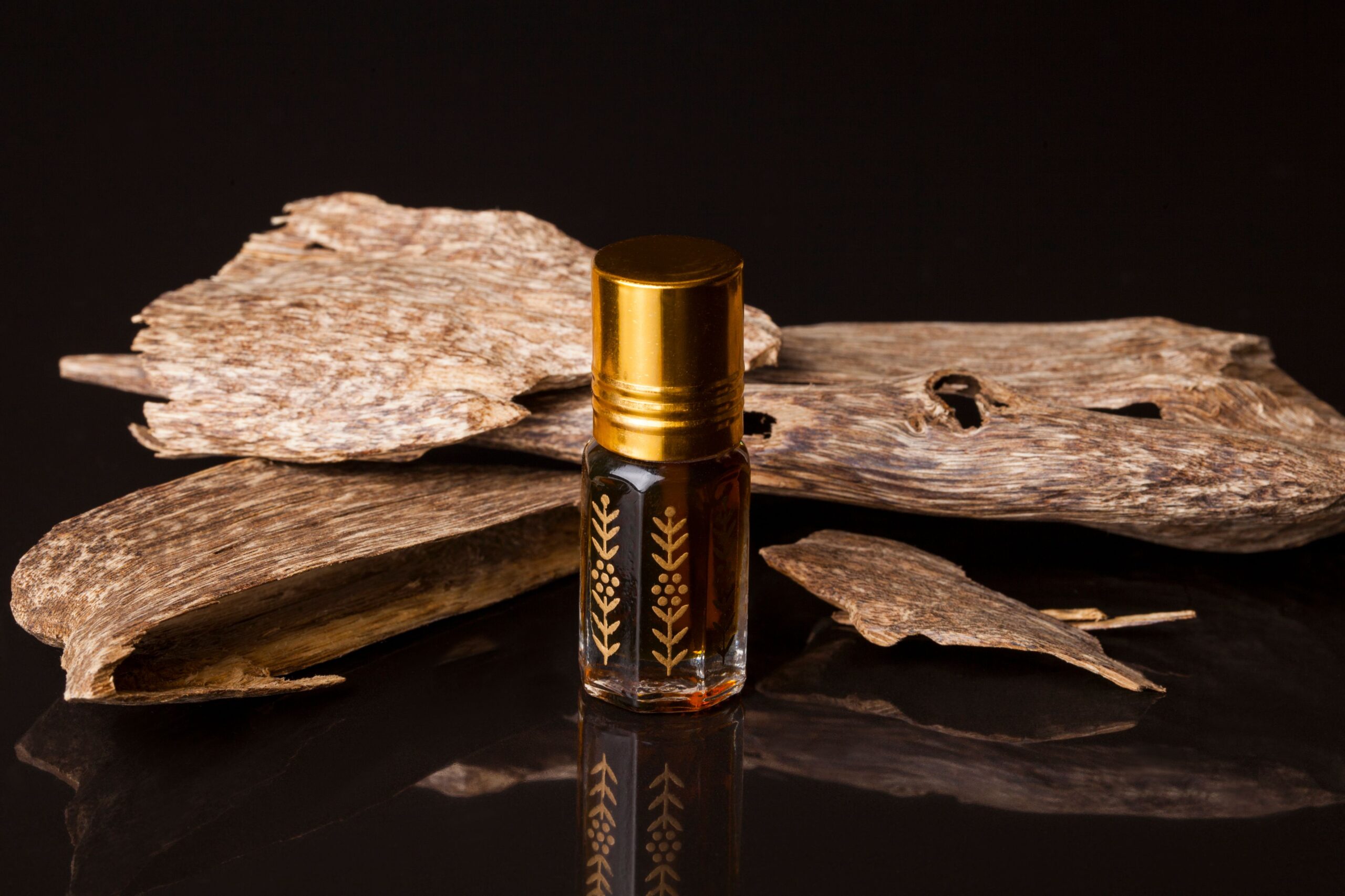
Inextricably woven into the fabric of Saudi identity, oud is a traditional medicine, rich fragrance and a symbol of wealth and prestige in the Kingdom. The scent of this burning wood sits right at the heart of Saudi life. During Eid, the fragranced smoke fills the homes of most Saudis to welcome guests. It is worn as a perfume during prayers and is often given as a gift in its purest form – as a block of rough, uncut wood in a silk-lined gift box – to loved ones.
Although its roots are firmly ingrained in Islamic traditions, buying, selling and cultivating oud wood, and the perfumed oils derived from the wood, have become a way of life for many Saudis. As different woods have varying scent profiles, collecting different ouds has also become part of Saudi culture. Some describe oud distillers as a Saudi version of a wine sommelier.
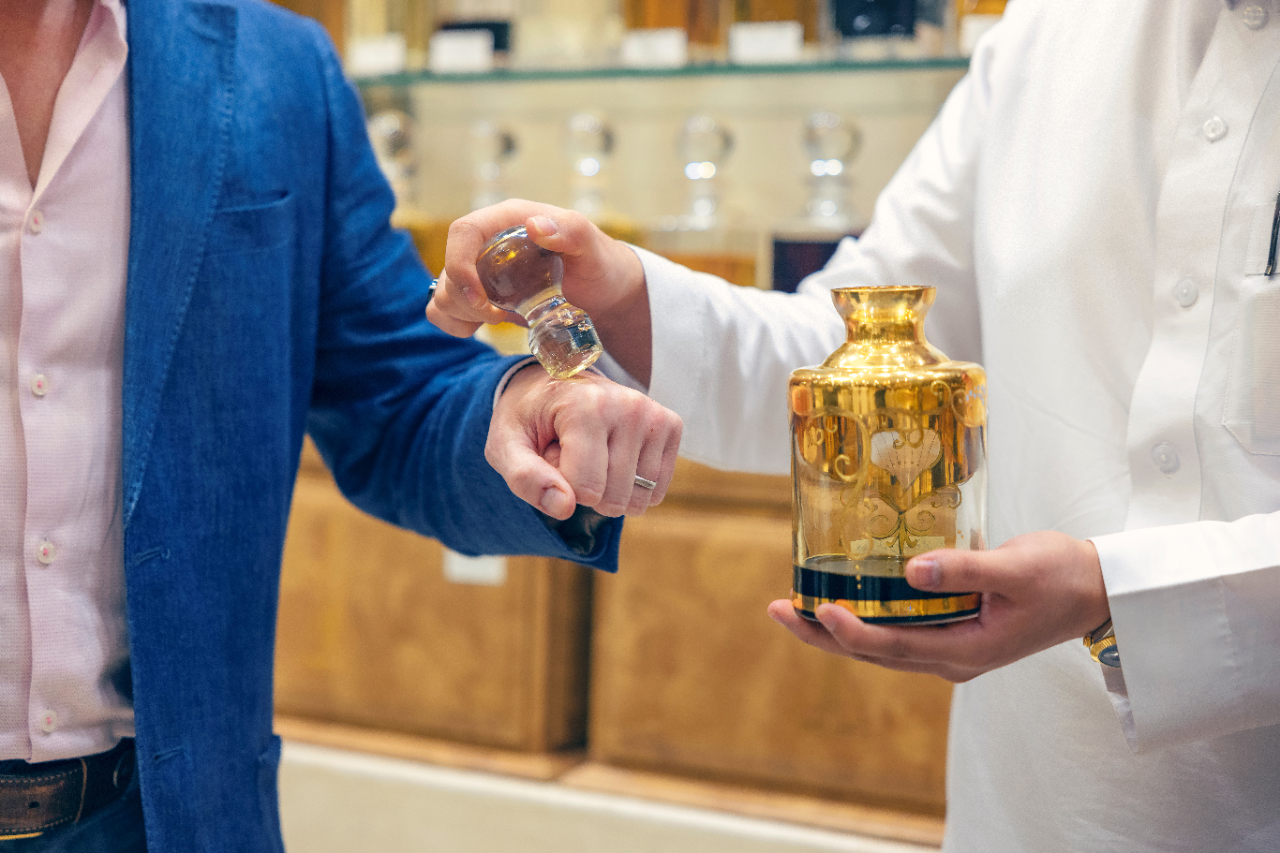
The agarwood required to produce oud – the different smells resulting from a fungus inside the tree – can only grow in certain climates. Indian oud is the most prized, followed by that from Cambodia, Indonesia and the Malay Peninsula. The wood is shipped to Saudi to be processed and distilled into fragranced oils and wood chips for burning.
As only 2% of wild agar trees produce oud, and it can take 300 years to produce small amounts of resin, pure wood can cost up to £80,000 per kilo. After finding a suitable tree, expert oud seekers sort the wood into one of 150 grades, each with a distinct smell. Local Saudi producers soak the wood and leave it to ferment, before boiling to distil, and then leaving the oil to evaporate under the intense Saudi sun, leaving behind the most precious scented oils. Each producer uses their own method in pursuit of the best scents.
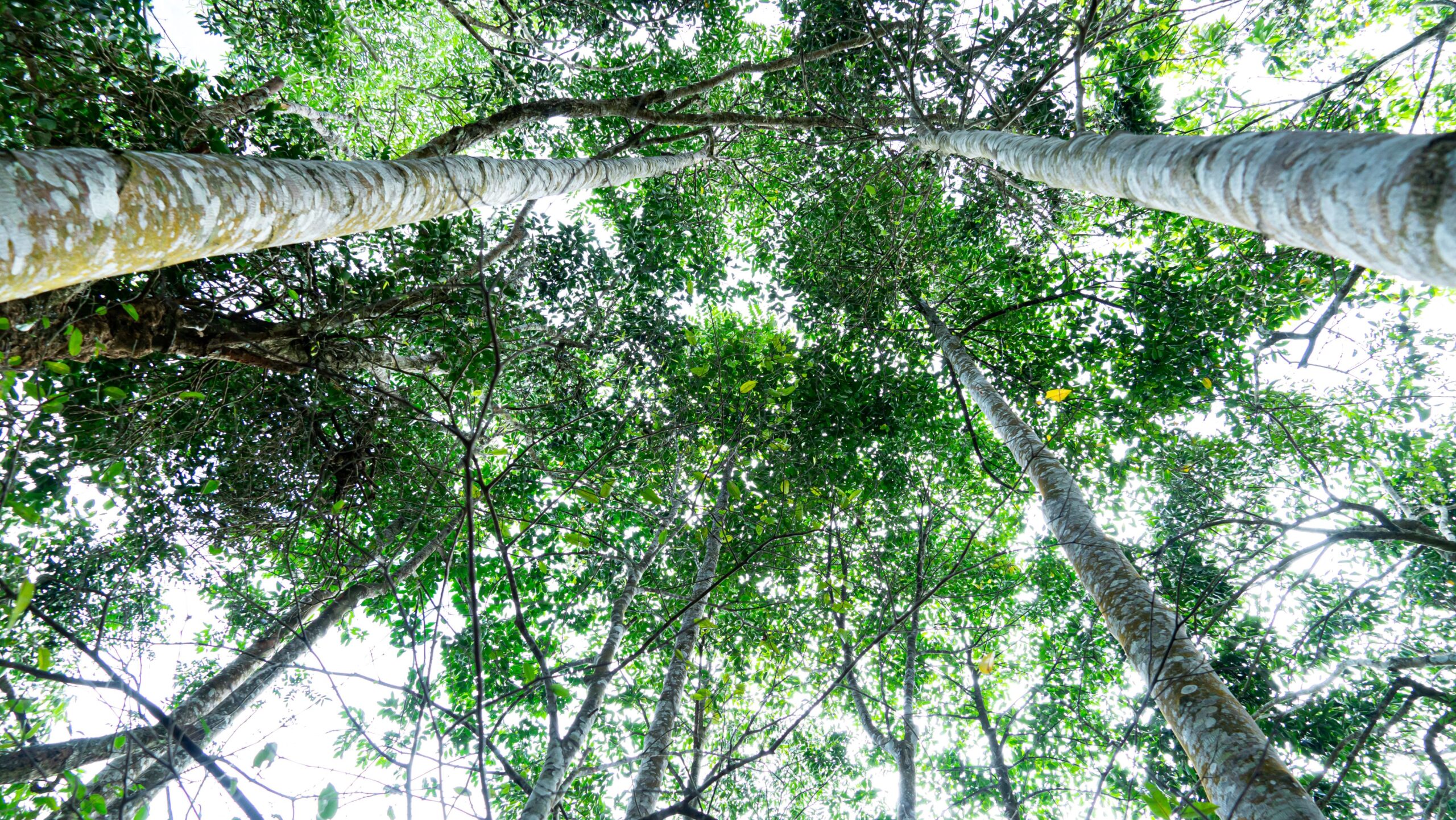
This most traditional of ingredients has been adapted for the modern world. Once the pure oud oil has been distilled, a new breed of Saudi oud perfumers bottle it for sale in the souqs and perfume shops around the Gulf and the world. Companies such as Arabian Oud and Al Majed sell oud perfumes in intricately designed glass and metal bottles that are statement pieces in their own right.
For a more authentic, back-to-basics way to enjoy the variety of oud scents, resinous wood chips, called bakhoor, can be burned at home. The wood creates a long-lasting scent that is known to cling to furnishings and evolve over time.
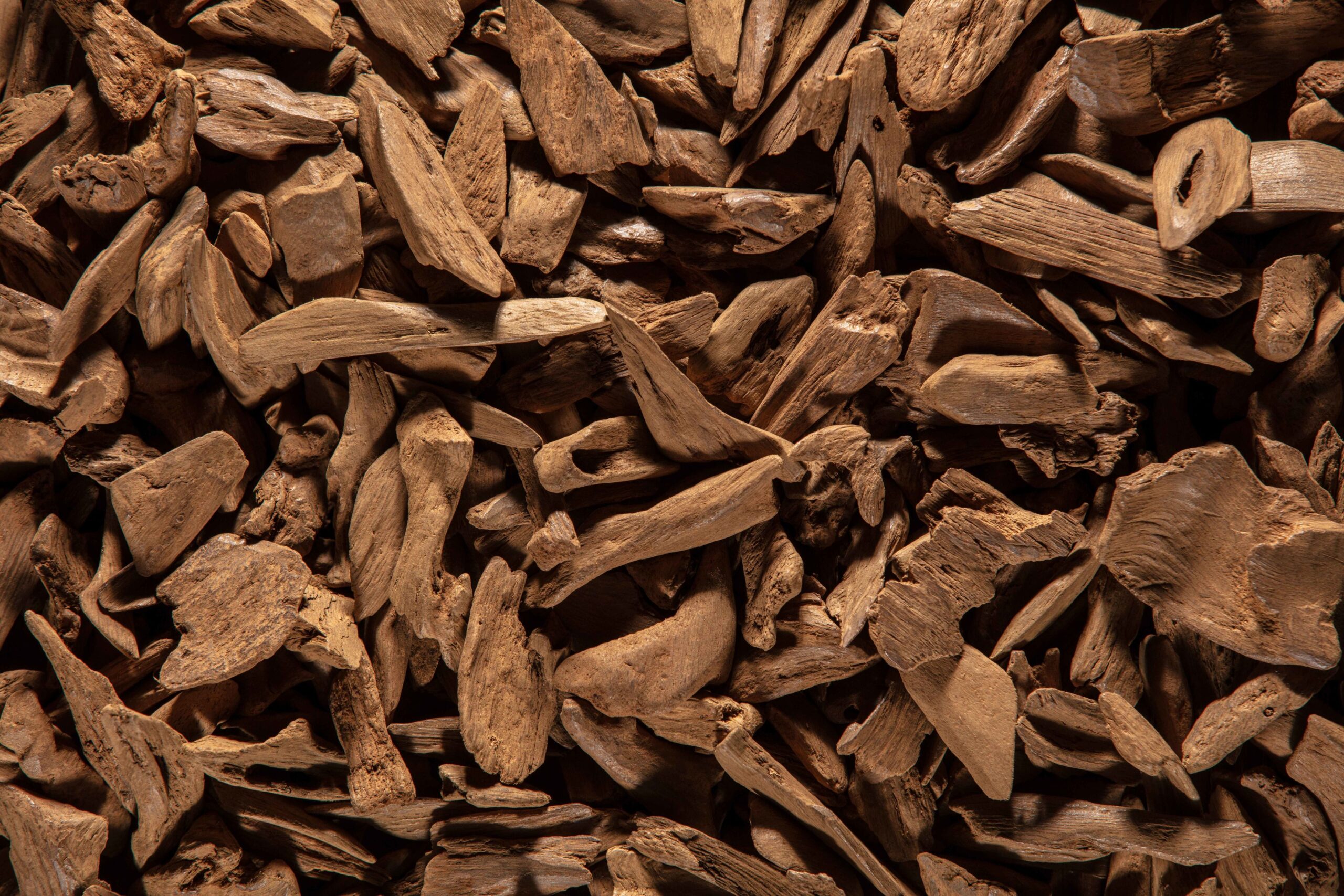
As the undisputed home of oud, there is no shortage of oud-related shopping experiences in Saudi. There are luxury oud shops in Riyadh and Jeddah’s polished malls, but the most obvious and authentic way to experience the smells, crackling sounds of burning wood, and sights of the gently bellowing scented smoke, is by walking through the maze of alleyways in Riyadh’s Deira souq, or Souq Al Alawi in Al Balad, Jeddah. Sellers will try to beckon you to their stalls by blowing fragranced smoke or oud perfume oils your way. Try your hand at haggling with sellers to get the best price and quality.
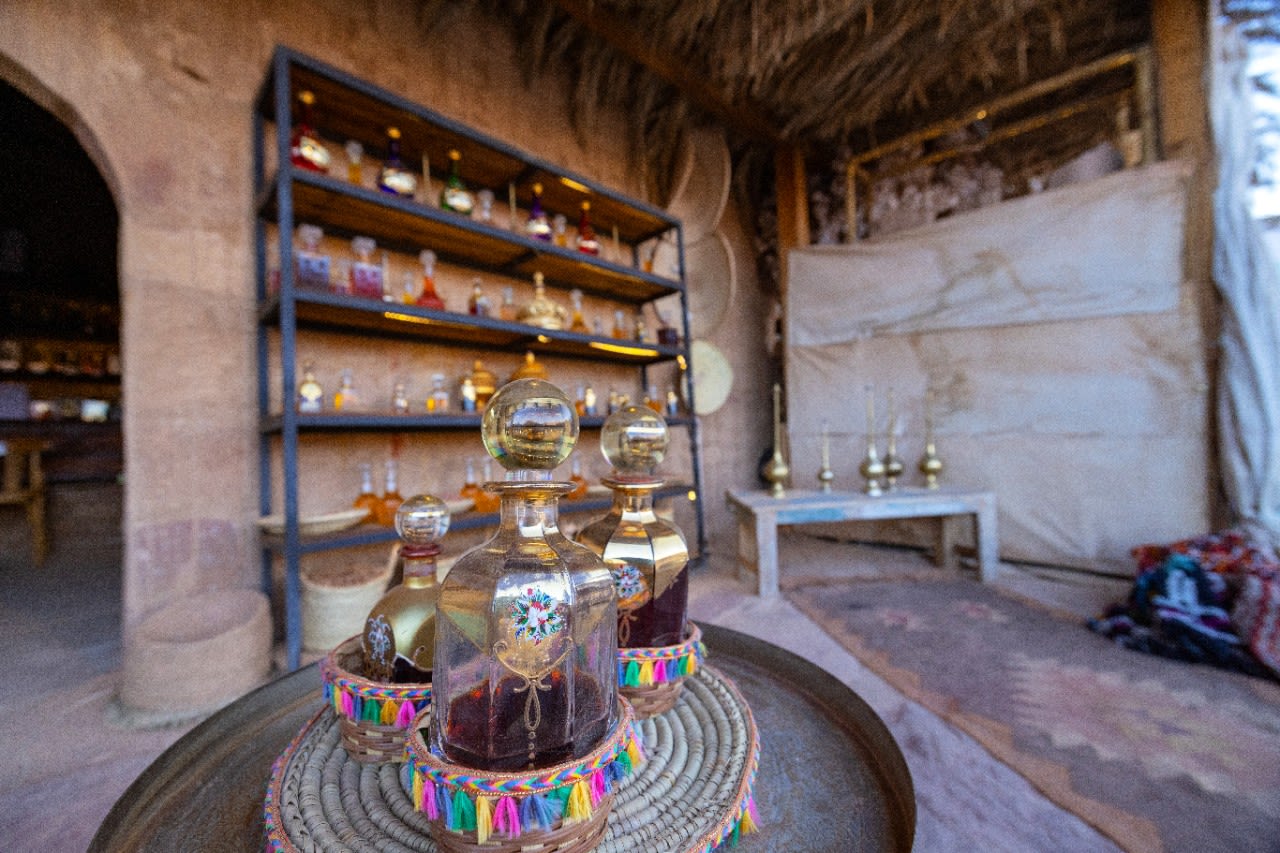
Practical information

Visas
It’s surprisingly simple and easy to get an e-Visa for Saudi and the process is very similar to applying for an ESTA for the USA. Over 50 nationalities are eligible to apply for an e-Visa, including people from the UK and USA, with it costing (at the time of writing) 535 Saudi riyals (about £115 or US$143). Applications are swift and nearly all applicants will receive a response within three working days – most within 24 hours. To apply for your Saudi e-Visa, visit the official Saudi Tourism Authority website. If you’re from the USA, UK or the Schengen Area, you can also apply for a visa on arrival into Saudi. It’s slightly cheaper than an e-Visa, too, at SAR480 (about £102 or US$128).

Getting there & around

Local customs
To really embrace Saudi life and pay respect towards its traditions, there are a few local customs you should abide when travelling around the country. Both men and women should wear clothing that covers their elbows and below their knees when out in public. If you’re heading to the coast, it’s still expected you dress modestly. When meeting and greeting locals, whether it’s a market stallholder or a private guide, say hello with ‘salam alaykum’, which means ‘peace be upon you’, as well as offering a handshake.

Weather
You might think it’s hot all year round in Saudi but it’s a little more nuanced than that. The best time to visit Riyadh is between October and March, when temperatures can dip as low as 20°C during the daytime and rarely exceed 30°C. Summer months in Riyadh can get extremely hot, with temperatures often above 40°C between June and September.
Is English spoken in Saudi?
Arabic is the official national language but English is widely spoken.
What is the currency of Saudi?
The currency of Saudi is the riyal, with the current rate (at the time of writing), around SAR4.76 to the UK£. You’ll need to pre-order money before you travel, as in the UK it’s not usually stocked in currency exchange booths.
What’s it like travelling in Saudi as a female?
We think you’d be surprised! To find out more, read our first-hand account on what it’s like to travel in Saudi.
What’s the time difference in Saudi?
Saudi follows Arabia Standard Time (GMT +3) all year round.



